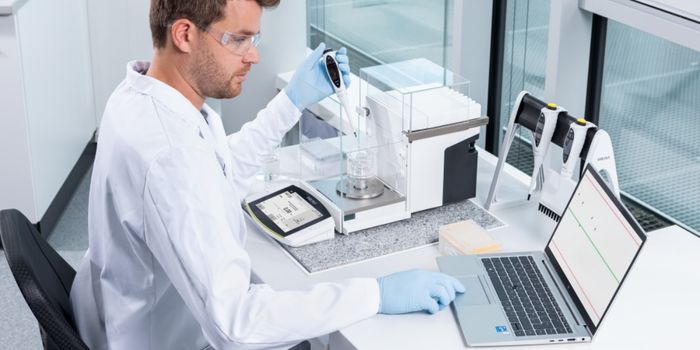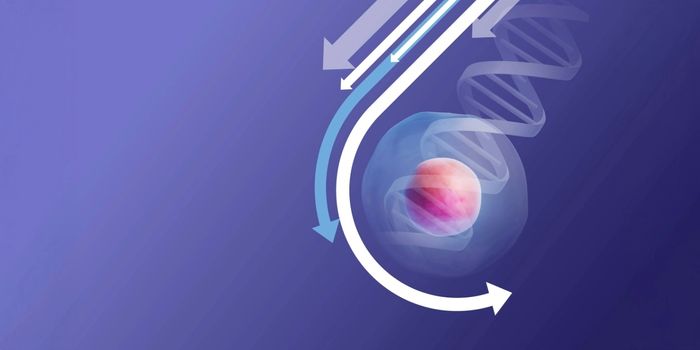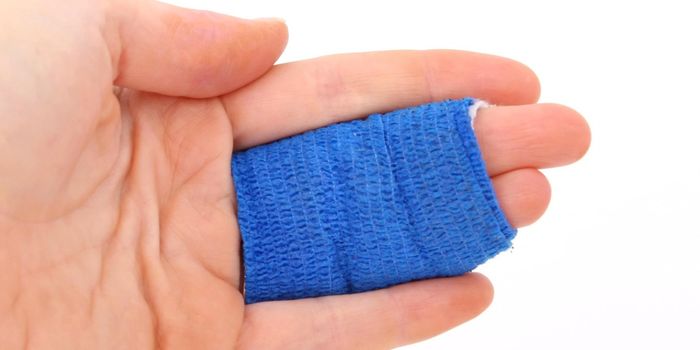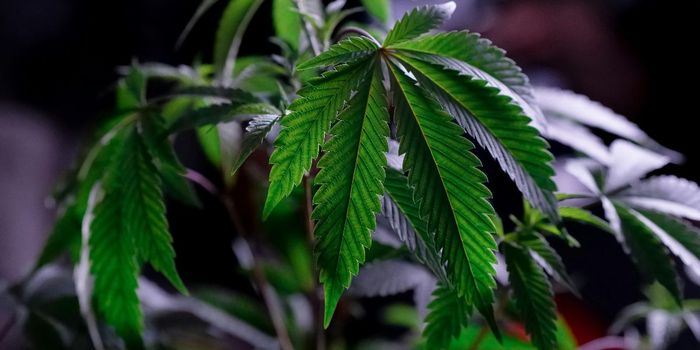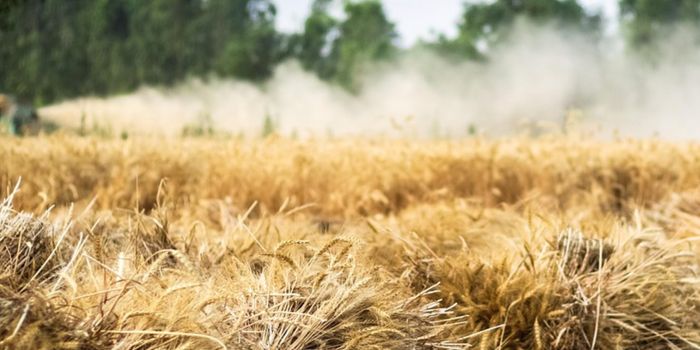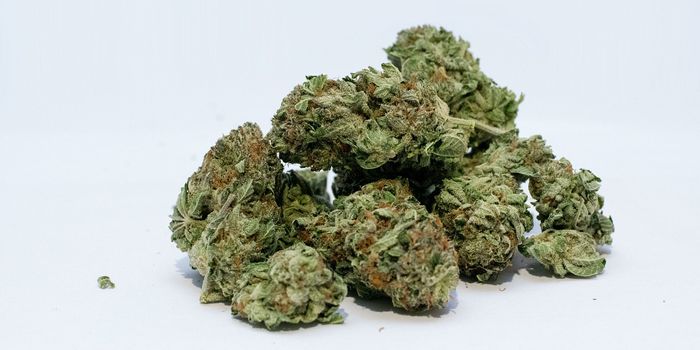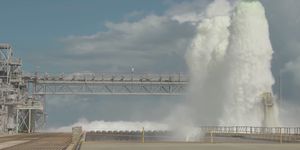Seeing The World Through Smell
Dogs sniff the air and use their sense of smell to know everything around them and process it. Think about how you would feel if you could use a whiff of air to aid in navigation. Our spatial memory and olfactory seem to be talking to each other based on this previous study. Expanding this theory, Dahmani and her colleagues from McGill’s Department of Psychiatry and the Douglas Mental Health University Institute, Montreal have done a strategic study to investigate if olfactory processing covaries with navigational acumen and their detailed results were published in Nature Communications.
Humans learn to navigate using two distinct ways: 1) Spatial learning and memory, where we associate the location to landmarks and build a cognitive map and 2) Stimulus-response associations, where learning a task in response to a stimulus that develops over repetition. While the flexible spatial learning is associated with the hippocampus and medial orbitofrontal cortex (mOFC), more rigid stimulus-response learning relies on the caudate nucleus. Given the anatomical overlap and the importance of using the olfaction response to build accurate cognitive maps, it is safe to propose that olfaction may be associated with spatial learning than the stimulus-response olfaction process. Dahmani’s team conducted systematic studies to test this hypothesis.
Sixty healthy right-handed young adults with an average age of 23 years were recruited for the study. Except for six subjects, neuroimaging studies (MRI), neuropsychological studies and virtual navigation tasks were done to categorize the healthy subjects into 23 spatial learners and 31 response learners. Additionally, 18 patients with frontal lobe focal lesions and age-matched control participants were also recruited for the study. Olfactory identification was made using 40 different sniffing sticks and virtual navigation through a town was used for spatial learning. Subjects were trained in the exploration phase to form cognitive maps, and a probe phase was instigated after. The image of the virtual town is given below.The probability of finding the location using a shorter route and time and the path were quantified for analysis. To delineate spatial learning vs. stimulus-response learning, an additional maze virtual task, which can be solved by both the spatial learning categories was also implemented.
Evidence of overlapping anatomy corroborates the olfactory spatial hypothesis. The mOFC cortical thickness and hippocampal volumes assessed in healthy subjects for successful olfactory identification and navigation tasks showed a strong correlation confirming that a better sense of smell relates to better spatial memory. While the role of mOFC in olfaction was established, its role in spatial learning was not explored. If the same test was done on subjects who had damage in the frontal cortex, then both their olfactory and spatial learning should be affected, and that was confirmed by studying the focal lesion subjects in Dahmani’s work.
“The results came as a real surprise,” says Dahmani. Building on previous theories and concluding that people who identify distinct smells are also good at navigating, is just the beginning and more investigations are needed to identify this evolutionary behavior in humans.
If you see a bigger right hippocampus and thicker left mOFC in your next structural MRI scans, then you can confidently say you have a sense (smell!) of direction, and you could potentially whiff your way out!!


